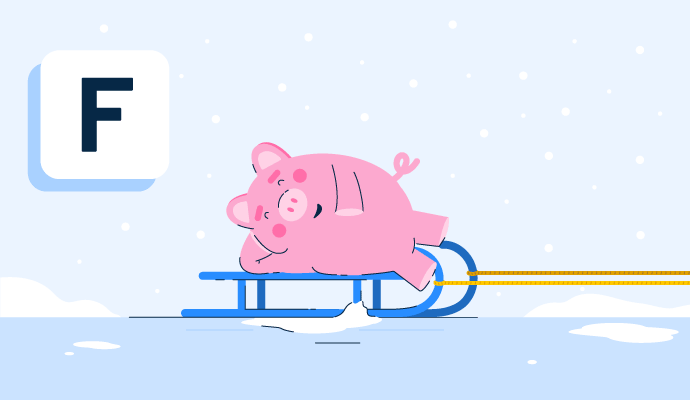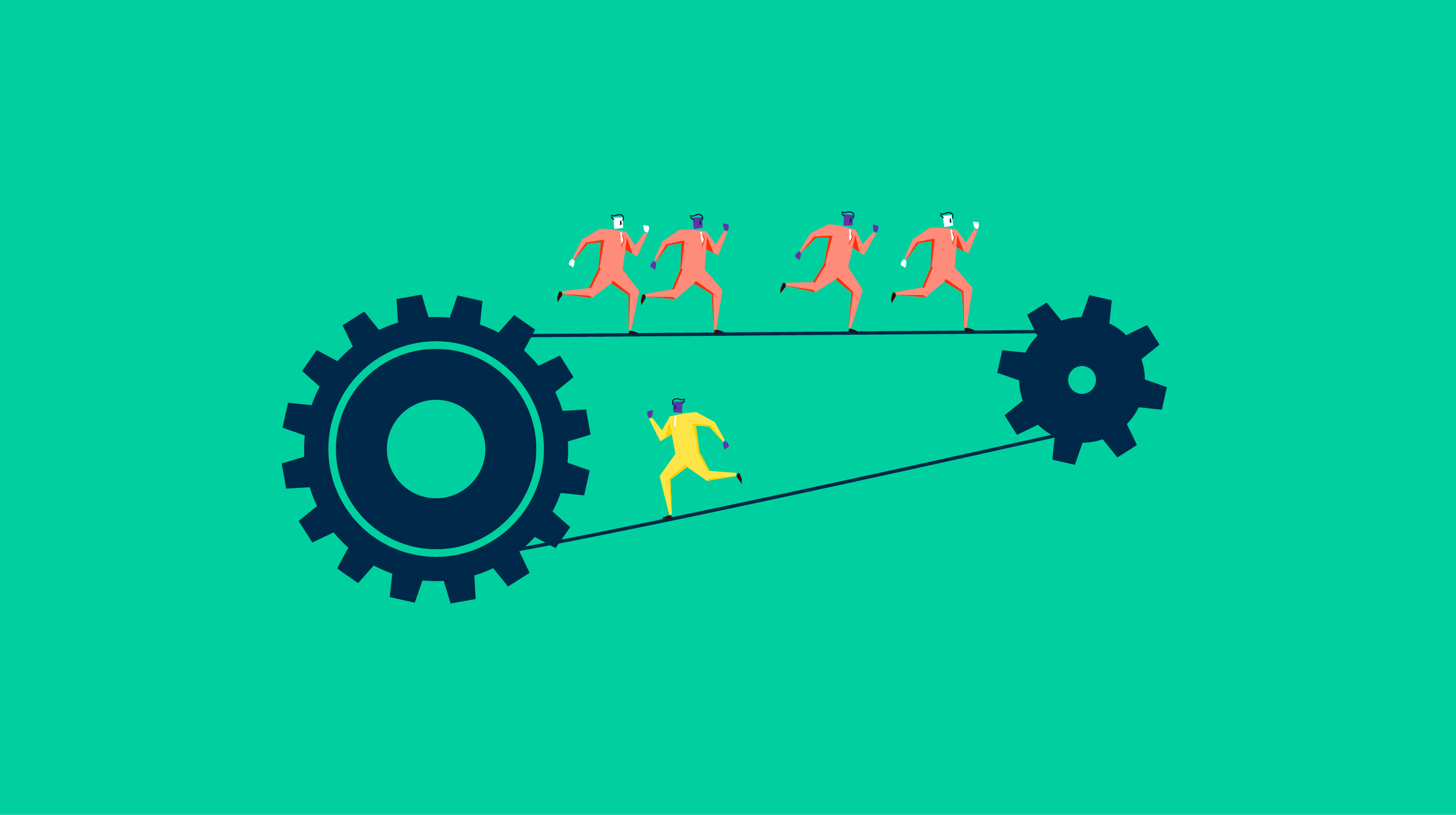What is a free rider problem?
A free rider problem is an issue in economics when people use a shared public service or good at a low cost or for free. This problem was first analyzed by American economist Mancur Olson in 1965. Olson stated that there is little rationale for an individual to contribute towards producing a good that is already available in large quantities.
Some economists say that the free rider problem depends on the scale of production of a good or resource. If a resource is widely produced and available, like street lights or public trash cans, it makes sense for everyone to use it without paying. However, if a resource is inadequate, like hospitals or public Wi-Fi hotspots, pitching in for cost won't make it adequate.
A free rider problem is solved by bookkeeping each financial transaction throughout the procure-to-pay process with accounting software.
Free rider problem examples
Free riders are individuals who contribute very little or nothing toward the goods or services they receive as a part of their community share.
In economics, free riding also refers to the people who get some quota or exemption from the government in terms of expenses. Unlike others, individuals who don't pay for shared goods are a prime example of government bias and free riding.
Here are a few examples that elaborate on the free rider problem:
- Lighthouse: Maria builds a lighthouse on an island. During turbulent weather conditions, the lighthouse guides mariners sailing in and out of the island. However, no one contributes to the electricity or maintenance of the lighthouse except Maria. Maria doesn’t receive any profit on her part as a solo contributor but still maintains it for others. In this case, the sailors, mariners, and all those workers who are sailing the ships are free riders.
- Flea market: Selena goes shopping at a flea market that sells furniture at throwaway prices. Knowing they’re priced at discounts, Selena engages in heavy bargaining with the shopkeeper and gets items for an even lower cost. Selena is a free rider who paid less than the cost price, thereby cutting down on the profit for the wholesaler or distributor.
- Community park: Stacy decides to visit a community park for her morning jog. In the park, she notices a few people littering. At first, she decides to confront them and prohibit them from doing it. But a while later, she remembers no law has been enforced against public littering in the community park. In this case, the man and wife are free riders for not cleaning after themselves in a public space.
- Unpaid mortgage: Marcus purchased a piece of land for $300 on a bank loan and quickly sold it a month later for a profit of $1,000. To make this trade, he illegally exploited bank funds and sold off the property before paying his mortgage. This type of free riding is very common in the real estate world and violates penal laws.
Other public goods that a person can benefit freely from are:
- Border protection services
- Immigration services
- Flower or fruit plucking from public orchards
- National Defense
- Seats for elderly people or disabled
- Restroom services
- Public complexes
- Amusement and memorial parks
Types of goods for free rider problem
Two major types of goods offered by the government are subject to the free rider problem:
-
Non-rival goods are types of goods that everyone can consume, regardless of how they are used. One person using a non-rival good does not reduce its availability or quality for another person in line. The use of goods by one individual also adds to the opportunity cost for the others.
Opportunity costs are defined as the time and money foregone by other individuals who chose something else instead of using the public good for their benefit. Examples can be fireworks, waterfalls, and free exhibitions. - Non-excludable goods are types of goods that no one can refrain anyone else from using. As a result, denying access to these goods is practically impossible. For example, a newly inaugurated public road is open for everyone to use. Be it minivans, motorcycles, or the presidential state car, everyone can use the road.
The free rider problem causes
A free rider problem occurs when individuals don’t contribute to a functioning society. The free use of public goods without covering the cost of production or maintenance leads to scarcity of goods, resulting in market failure. A market failure is when people consume certain goods and services in a way that limits the availability of raw materials required for future production.
The free rider problem highlights the disloyal nature of people who make selfish decisions, opposing the ones who care for society. They jeopardize the functioning of the economy by evading local, state, and federal taxes. Some free riders engage in secretive or illegal means of acquiring goods, like smuggling or stock broker fraud.
Free riding or misuse of public goods is also one of the main reasons behind inflation in the price of consumables or cab surcharges.
Free rider problem in welfare economics
People become free riders because of the improper functioning of society's welfare economics. The inability of the government to keep up with the growing population and record their activities leads to more people becoming free riders and thriving at the expense of others.
Here are a few reasons that urge people to become free riders and disrupt welfare economics:
- The economic theory of rational choice states that every individual chooses an option most beneficial to them in terms of money, comfort, and convenience. People analyze reasonable outcomes and forecast their overheads to understand what to consume at what cost.
-
Pareto-optimal allocation of resources states that no country’s economic policy can make a citizen better off without making at least one other citizen worse off. In the context of the free rider problem, it represents people who depend on others' tax dollars for their benefits.
Pareto's optimal allocation of resources is based on the Pareto principle.
Free rider problem analysis
The free rider problem can be critically analyzed and reasoned with a method known as the prisoner’s dilemma.
The prisoner's dilemma explores how two parties can deal with a situation in a way that upholds society’s status quo. They can either choose not to contribute for others' benefit or share the cost with their investment partners to work in the best interests of everyone.
For example, Nick and Jennifer are opening a public police station using their own funds. Each member needs to contribute at least $100 to receive a benefit of $50 from the government.
The following matrix explains the prisoner's dilemma in detail :
| (3) | (4) | ||
| Jennifer invests | Jennifer doesn’t invest | ||
| (1) | Nick invests |
Jennifer invests $100 and gains $150 |
Jennifer invests $0 and gains $50 |
|
Nick invests $100 and gains $150 |
Nick invests $100 and gains $75 |
||
| (2) | Nick doesn’t invest |
Jennifer invests $100 and gains $75 |
Jennifer invests $0 and gains $0 |
| Nick invests $0 and gains $50 | Nick invests $0 and gains $0 |
The table highlights the following points to analyze:
- In groups 1,3, each person receives a net gain of $150.
- In group 1,4, Nick, the solo contributor, suffers a loss of $35. The net gain, in this case, will be only $50 since Jennifer did not contribute anything.
- In group 2,3, Jennifer invests $100, whereas Nick doesn't put in anything. Again, the net gain received would come out to be only $50.
- In group 2,4, no one contributes to the construction; hence, the net gain is $0.
Nick and Jennifer are incentivized to free ride on the investments of other individuals who decide to execute the same plan.
In this case, the logic of collective action is the most appropriate solution. If community members are interested in contributing a fair share of $100 toward the development of the police station, everyone receives a profit of $50.
Best practices for free rider problem
Solving a free rider problem requires critical thinking of the present state of mind of society and taking drastic measures to weed out reservation bias.
Suppose enough people of society enjoy the benefits of a resource for free. In that case, it should be made mandatory for everyone to contribute in some way towards its production and maintenance, regardless of the person's status.
Here are a few ways to solve free rider problems across the domains of economics, political science, and social science:
- Charging for public goods by turning them into club goods. For example, turning a familiar road into a toll road or charging a fee to visit a public museum is doable.
- Applying a coasian solution for free agents to pool their resources based on the final good's value to each for collective production.
- Collection of monthly income taxes from corporate professionals.
- Running nonprofit campaigns in the public's best interest to ignite empathy.
- Soliciting affordable donations for humanitarian causes.
- Group mobilization to advance initiatives for society's financial and economic well-being.
- Creating public policies to overcome any potential risk of free riding.
- Strict monitoring of crowded metro stations or bus stops to prevent fare dodging or passenger overcrowding.
- Issuing public notices in the interest of conserving greenery and preventing deforestation.
Free rider problem vs. tragedy of the commons
The free rider problem is an issue when public goods or services, produced by free agents, are exploited at zero cost. Services such as public hospitals, free vaccine centers, or water fountains are most susceptible to free rider problems as they cost users nothing. The free rider problem prevents the production and distribution of certain goods.
People become free riders when they realize they can overconsume something by paying less than their fair share.
On the other hand, the tragedy of the commons is a severe economic problem where a person willingly exploits a resource, leading to potential degradation of the environment. Whether it is a shared natural resource like buses, national parks, or human creations like metros and roads, the tragedy of the commons leads to a scarcity of resources as the government runs out of necessary funds to maintain them.
For example, if suburban commuters use metro services without considering other modes of travel, it affects regular city commuters. Alternatively, if a person misuses an airport drop-off bus service by freeloading their luggage, it might decrease the number of airport buses reserved for passenger use.

Shreya Mattoo
Shreya Mattoo is a Content Marketing Specialist at G2. She completed her Bachelor's in Computer Applications and is now pursuing Master's in Strategy and Leadership from Deakin University. She also holds an Advance Diploma in Business Analytics from NSDC. Her expertise lies in developing content around Augmented Reality, Virtual Reality, Artificial intelligence, Machine Learning, Peer Review Code, and Development Software. She wants to spread awareness for self-assist technologies in the tech community. When not working, she is either jamming out to rock music, reading crime fiction, or channeling her inner chef in the kitchen.


